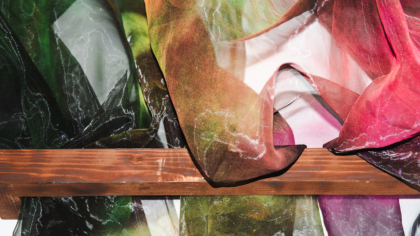
booksvscigarettes - Feminist, Queer, Crip

Join us in CCA on Saturday 29th July from 2pm to 4pm for the next booksvscigarettes reading group event, where we’ll be reading the chapter “Time for Disability Studies and a Future for Crips” from Alison Kafer’s book Feminist, Queer, Crip.
“In Feminist, Queer, Crip Alison Kafer imagines a different future for disability and disabled bodies. Challenging the ways in which ideas about the future and time have been deployed in the service of compulsory able-bodiedness and able-mindedness, Kafer rejects the idea of disability as a pre-determined limit. She juxtaposes theories, movements, and identities such as environmental justice, reproductive justice, cyborg theory, transgender politics, and disability that are typically discussed in isolation and envisions new possibilities for crip futures and feminist/queer/crip alliances. This bold book goes against the grain of normalization and promotes a political framework for a more just world.” The chapter “Time for Disability Studies and a Future for Crips” introduces and elaborates on ideas around ‘crip time’ or temporalities of disability.
You can email CCA for a copy at info@cca-derry-londonderry.org if you’d like to read in advance but there’s no need to prepare before – just turn up and we’ll read together.
This event is free and open to the public but please email info@cca-derry-londonderry.org to let us know you’re coming.
booksvscigarettes is CCA’s intermittent reading group. It takes its name from George Orwell’s essay which assessed the price and value of reading against other pursuits.
The image is taken from the front cover of Feminist, Queer, Crip, and the following image description is provided within the book: It is of a mixed-media painting by Katherine Sherwood titled Vesalius’s Pump (2006, 36 x 36 inches). The painting consists mostly of large, looping swirls of paint over an ivory-colored background. Some of the paint on the right edge of the painting is so thick that it has cracked, creating a branching network of brown lines. In the center of the painting, Sherwood has affixed several anatomical drawings of brains taken from Andreas Vesalius’s sixteenth-century anatomy text On the Structure of the Human Body. Rendered in oranges and yellows, the brains are placed alongside images of the arterial system from Sherwood’s own brain scans. The brains are jumbled together, with the loops of paint moving around and over them; the overall effect is of a slow-moving organic machine.
More Public Programmes





